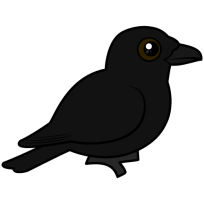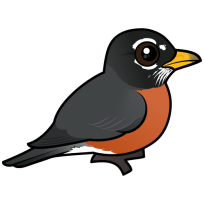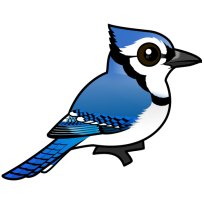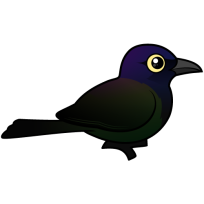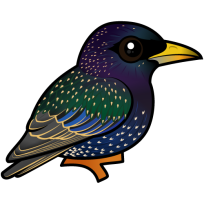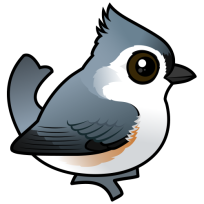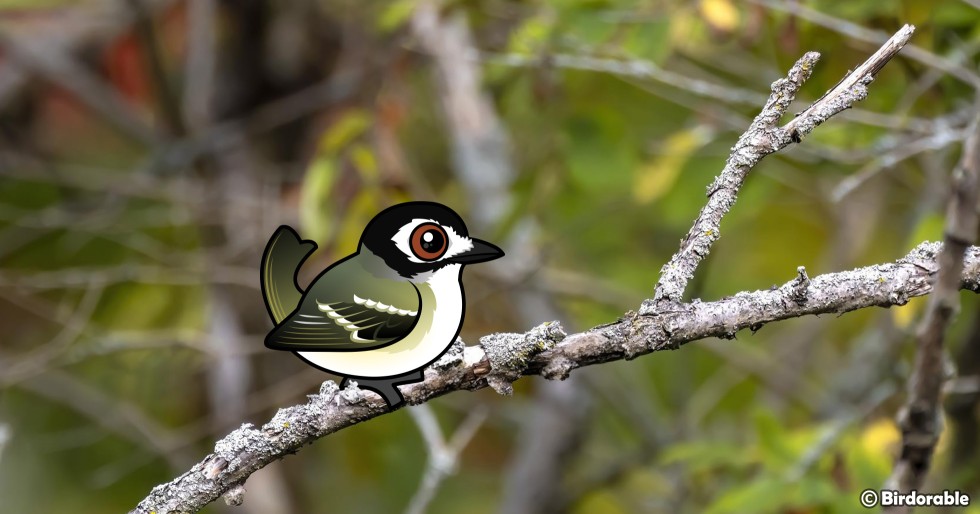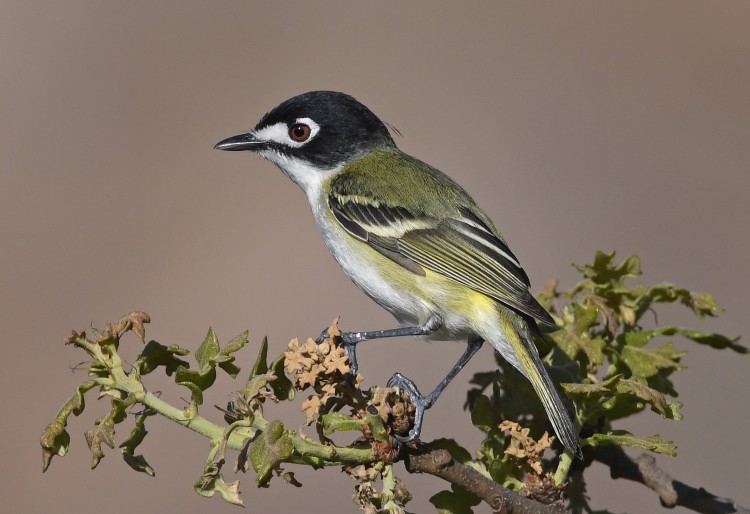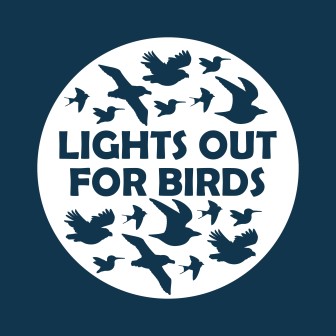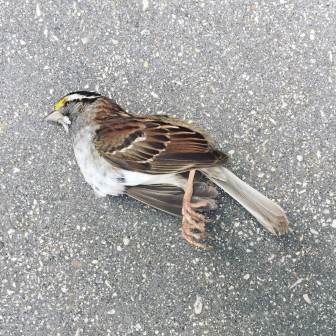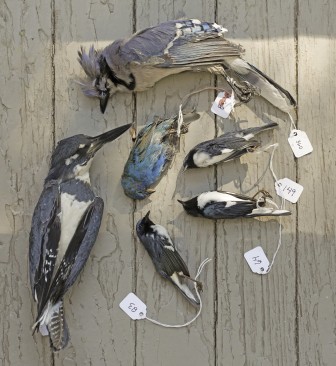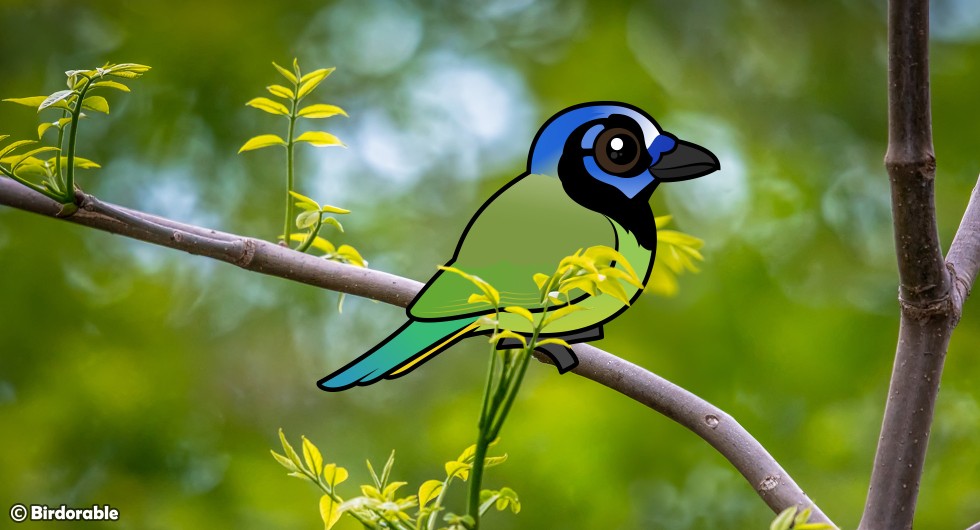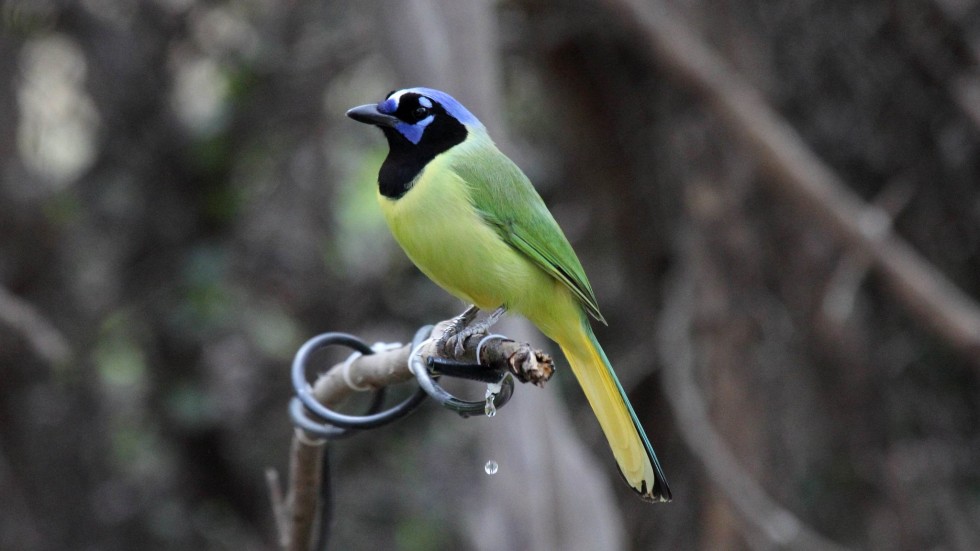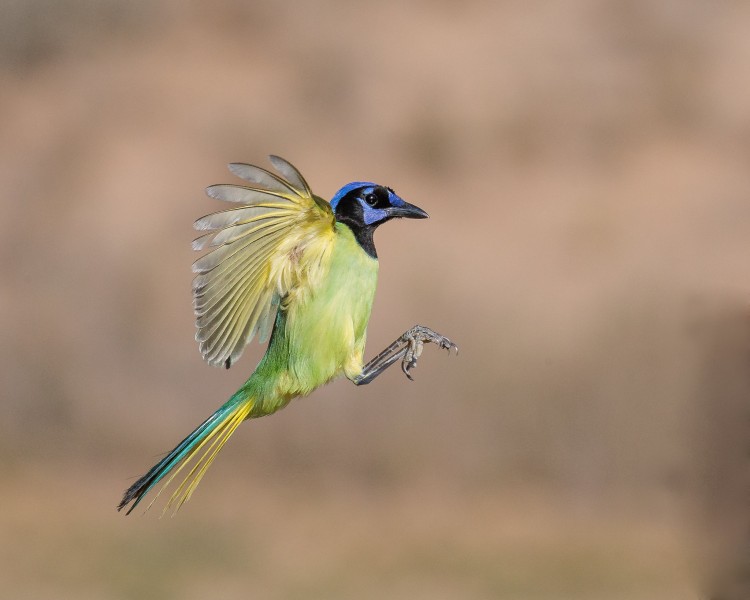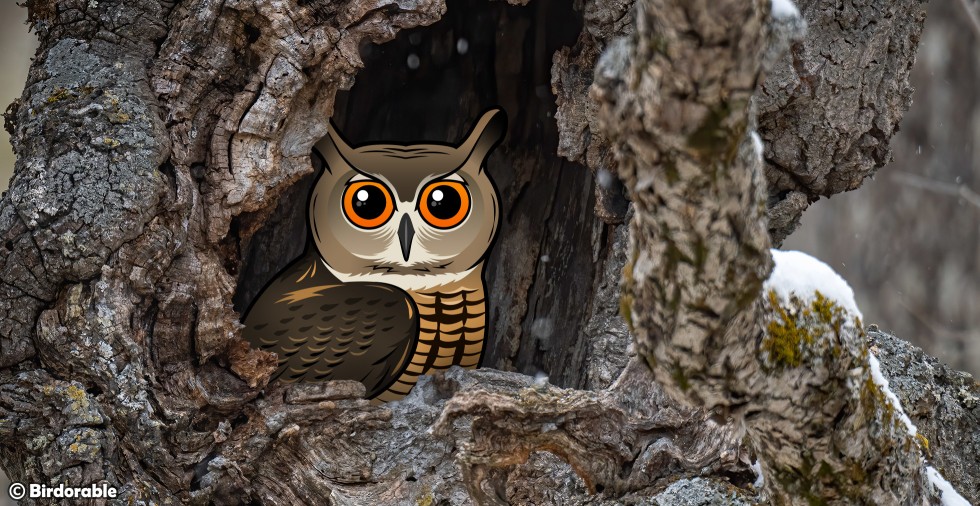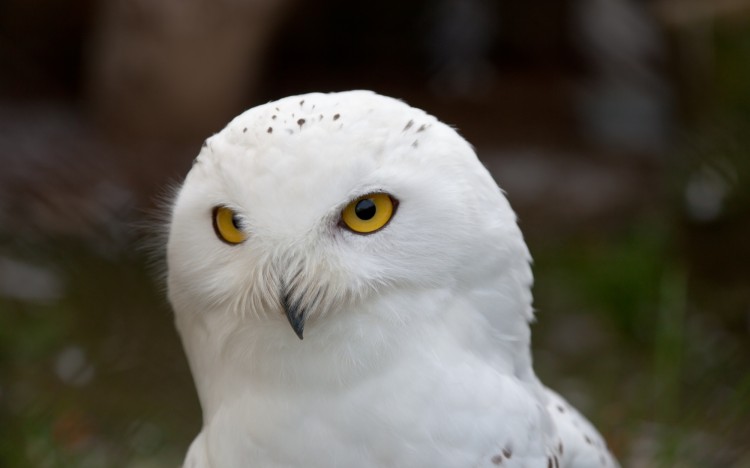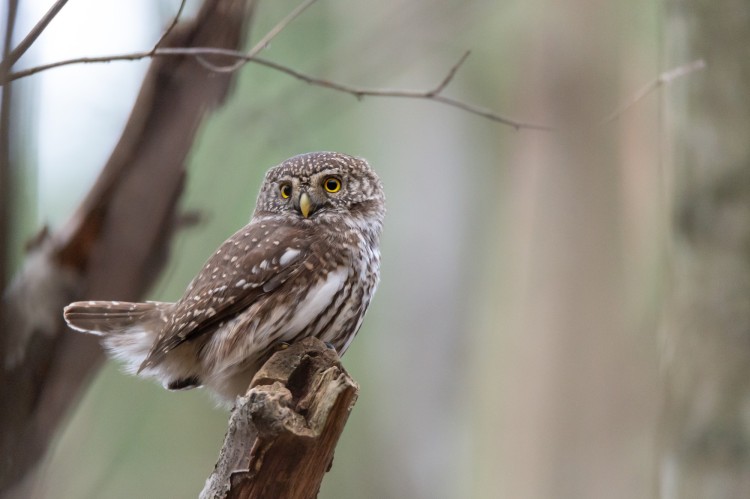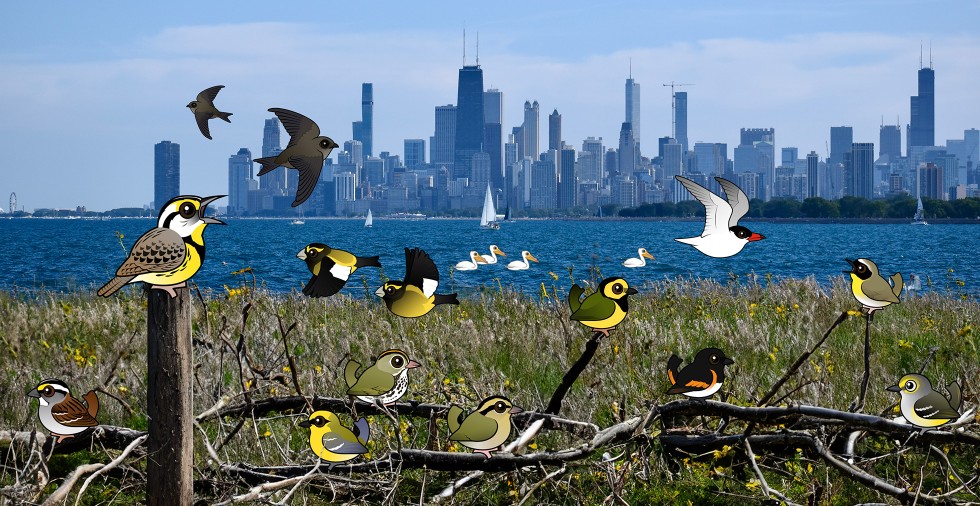Bird Term: Anting
Birds' Use of Ants in Self-Care: A Fascinating Behavioral Adaptation
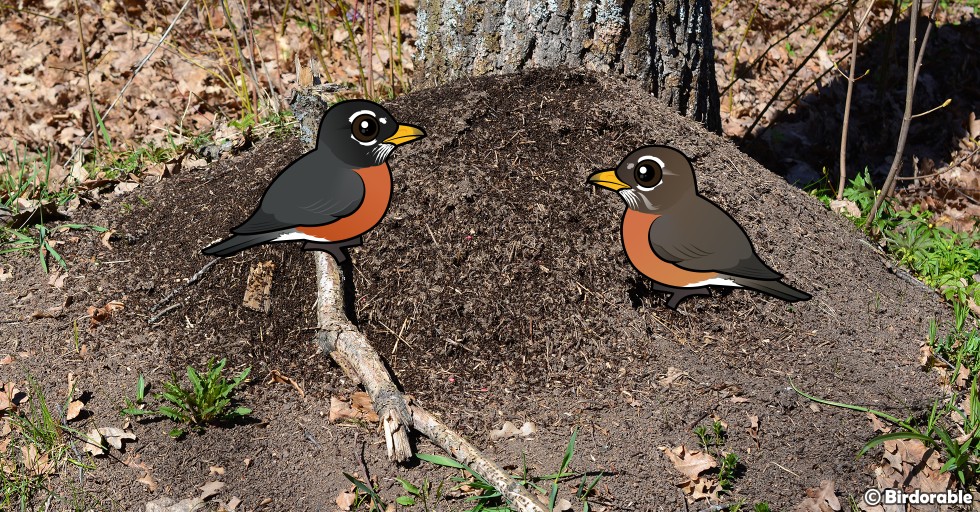
Anting 🐜 is a behavior exhibited by some birds in which they allow ants 🐜 to crawl on their feathers and skin, or they actively apply ants, other insects, or substances ants secrete, to their feathers. They do this as part of their preening, or self-care, routine.
Anting is a curious behavior exhibited by a surprisingly wide range of birds – over 200 species across the globe are known to do it.
Anting is one of the most peculiar and fascinating behaviors observed in birds. Those that engage in anting display a curious interaction with ants and other insects. 🐜 This behavior has intrigued ornithologists and bird enthusiasts alike, offering a glimpse into the complex natural behaviors birds have developed to cope with their environments. 🐜
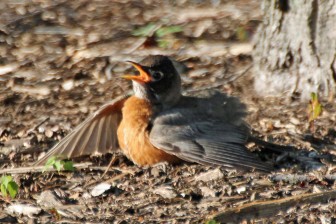
American Robin Anting by ptgbirdlover (CC BY 2.0 Deed)
🐜 Anting typically occurs in two forms: active and passive. In active anting, a bird will pick up ants in its beak and then rub them onto its feathers. In passive anting, a bird will sit directly on an insect nest or move its body around on the ground where the bugs are present, allowing the insects to crawl through its feathers. 🐜 The majority of anting observations involve formic acid-bearing ants, which are believed to play a crucial role in this behavior.
The reasons why birds engage in anting are still not entirely understood by ornithologists, but several theories have been proposed. 🐜 One of the most accepted explanations is that anting helps birds to get rid of parasites and other skin irritants. Ants produce formic acid, a chemical that could potentially help control feather mites and lice. 🐜 By rubbing ants over their bodies, birds might be using the formic acid as a kind of natural pesticide.
Another theory suggests that anting could be a way for birds to soothe irritated skin, particularly during molting when new feathers are growing and old ones are being shed. 🐜 The formic acid might provide a form of relief from the discomfort associated with this process.
Anting may help to regulate a bird's preen oil production. 🐜 Preen oil, secreted from a gland near the base of the tail, keeps feathers waterproof and flexible. 🐜 The formic acid from the ants could stimulate the preen gland or even supplement the oil itself.
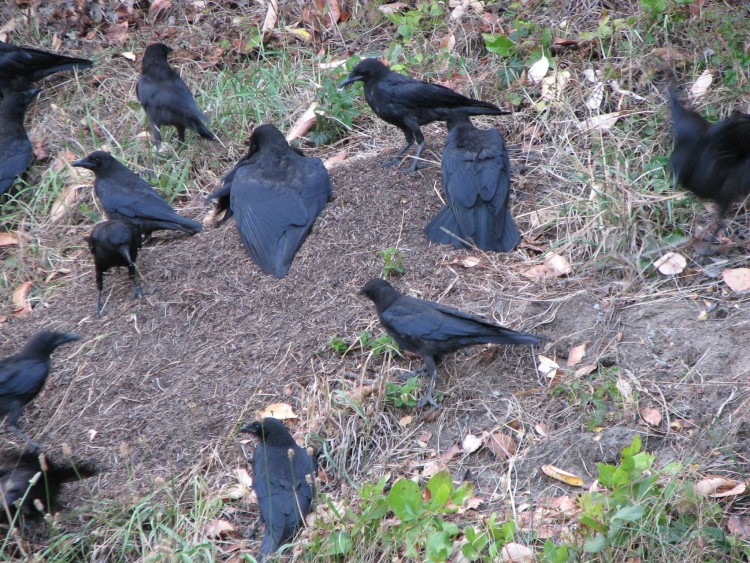
Crows anting by Betsy Howell for U.F Forest Service- Pacific Northwest Region (Public Domain)
There’s also a thought that anting may play a role in the maintenance of a bird's plumage. 🐜 By allowing ants to crawl through their feathers, the ants might be helping to clean the birds, removing debris and possibly even adding a layer of protective substances via the ants' secretions. 🐜
Behaviorally, anting is quite a spectacle. 🐜 Some bird species appear to enter a trance-like state while anting, remaining still and allowing ants to work their way through their feathers for several minutes. The bird may be laying prone on the ground with feathers spread as if it is sunning, as shown in the above photos in this post. The below image of a Black Woodpecker shows the bird standing normally with ants crawling over the feathers. 🐜 Whatever the method, such behavior can be quite entertaining to watch, as birds seem to be completely absorbed in the process.
.jpg)
Black Woodpecker anting in Hungary by Fracesco Veronesi (Public Domain)
Interestingly, not all birds use ants for anting; some have been observed using other materials like cigarette butts, presumably for the chemicals they contain, or even snails and millipedes. 🐜🐜 This substitution suggests that the primary motivation behind anting might be related more broadly to chemical acquisition from various sources, not just ants. 🐜
Some Bird Species Known to Engage in Anting Behavior
Anting behavior varies widely among bird species and is most commonly seen in passerines, or perching birds. Among the well-documented anters 🐜 are species like the Blue Jay, European Starling, and American Crow. 🐜🐜 However, reports indicate that many other species across different families also engage in this behavior, highlighting its widespread nature but variable practice among avians.
Despite its oddity, anting is a significant aspect of avian behavior, pointing to the intricate ways birds interact with their environment to meet their physiological needs. 🐜 It serves as a reminder of the adaptive and sometimes unexpected nature of wildlife, sparking curiosity and wonder among those lucky enough to observe it. 🐜🐜🐜

